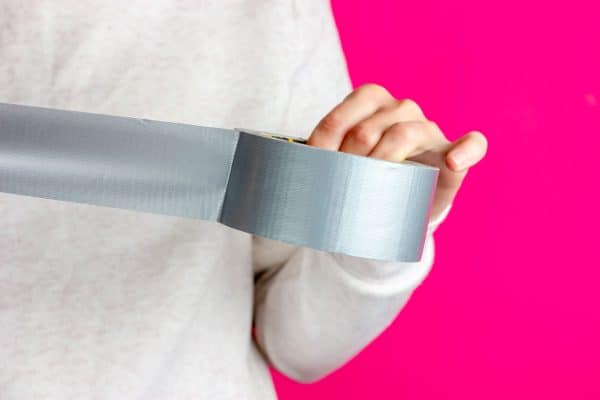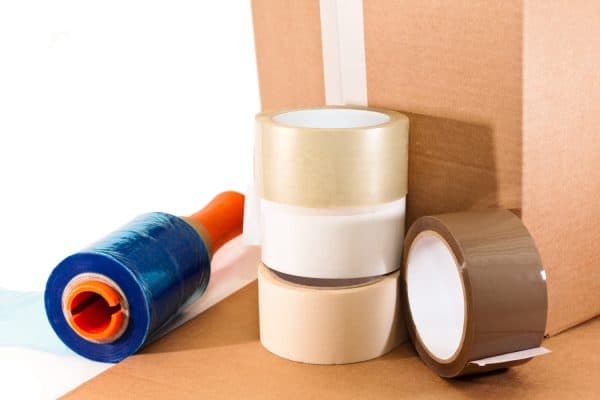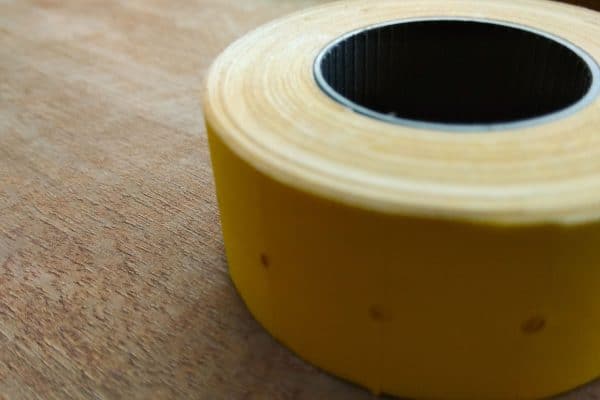Regardless of the tape you use and the surface it sticks on, most often than not, there will be a sticky residue left on it. And to further annoy you, no matter how hard you try, you can’t seem to remove it. Well, don't you worry as we have researched the answer for you.
Here are the steps to get packing tape off glass:
- Peel the tape off the glass.
- Apply olive or coconut oil to the surface and let it sit for 5-10 minutes.
- Wipe away the oil and gently scrape off the remaining sticky residue. You may use your fingernails or a dull knife.
- Spray glass cleaner and gently rub in a circular motion to the affected area to remove the oiliness.
- Repeat steps 2 to 4 as needed.
Getting tapes off the glass, or any surface in general, is quite troublesome, but you'll be done in no time with the steps we have provided. Keep reading as we further explain and answer some frequently asked questions.
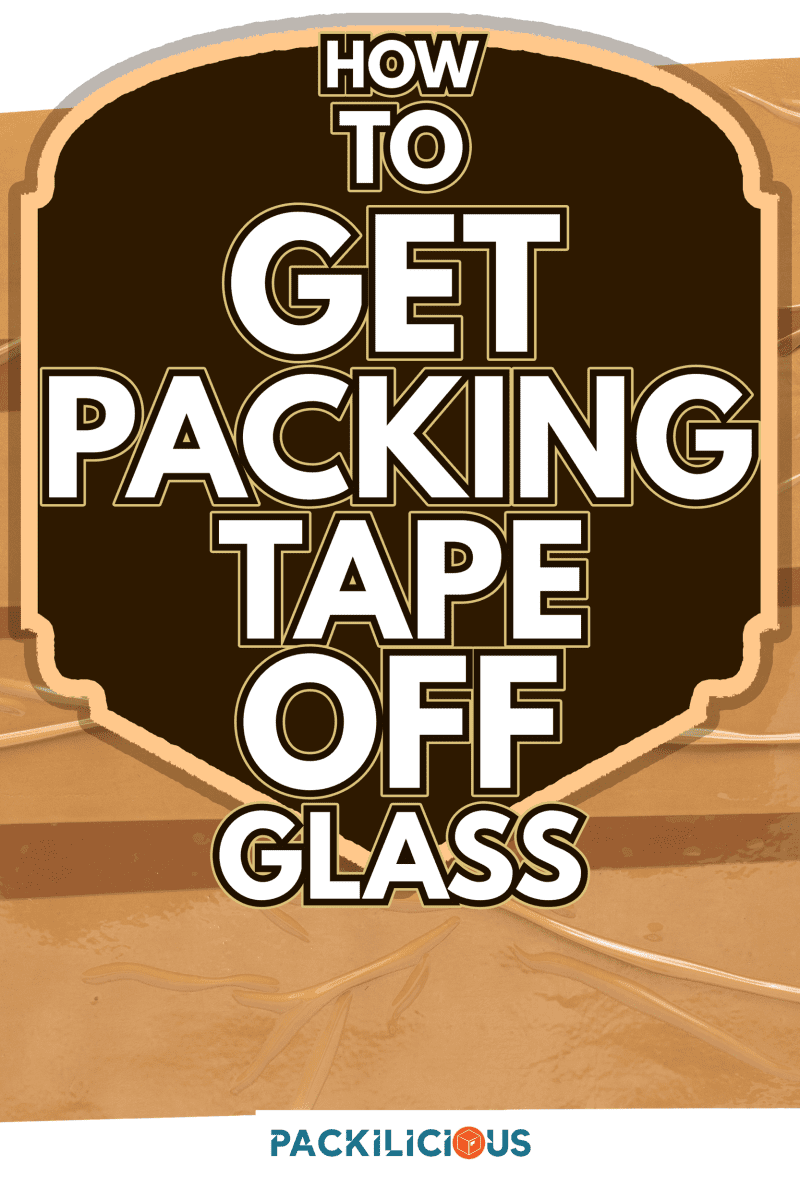
Will Packing Tape Damage Glass?
Tape can't damage glass aside from leaving a stubborn sticky residue and a murky shadow. However, the removal process may be the cause if done hastily.
Be gentle when scraping off the adhesives, as you might scratch the surface during this step. To make things easier, ensure that the residue has been soaking in oil for a considerable amount of time before proceeding with the task.
What Products To Use When Removing Tape
You can use different kinds of products to remove tape from any surface; some are even readily available in your home. You can choose from natural or chemical-based solutions; check out the options below:
Oil
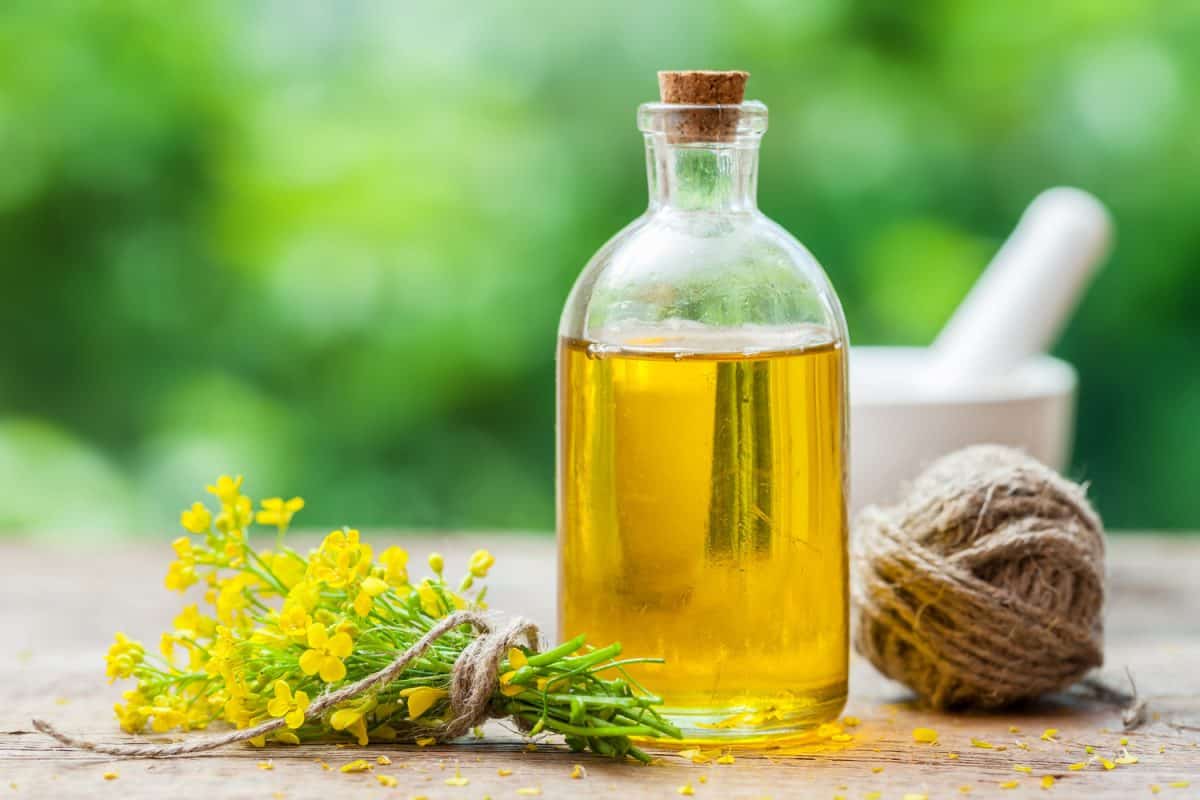
Any oil, but non-toxic like canola, vegetable, sunflower, coconut, and many more, are popular choices for the natural way of removing adhesives. Apply it to the sticky residue, then wipe away with a non-abrasive cloth or scrub.


Check out this Canola Oil on Amazon!
Peanut Butter
Peanut butter is a lesser-known option; others may find it surprising. But it is just the same concept as oils, the oils in peanut butter can remove sticky residue. However, this is the last resort if no oils are available on hand.
Check out this Peanut Butter on Amazon!
Baking Soda-Oil Mixture
Oil alone is already effective, but mixing it with baking soda may shorten the time of letting it rest. Make a paste of equal parts soda and oil, then spread it on the affected area; this will soften the residue making it easier to scrape off.
Baking Soda-Water Mixture
It is no surprise that baking soda is heavily-utilized during the cleaning process. Mix equal parts soda and water, then apply onto the adhesive. Let it dry and gently scrub off the powder. This method works well with soft and sticky residues.
White Vinegar
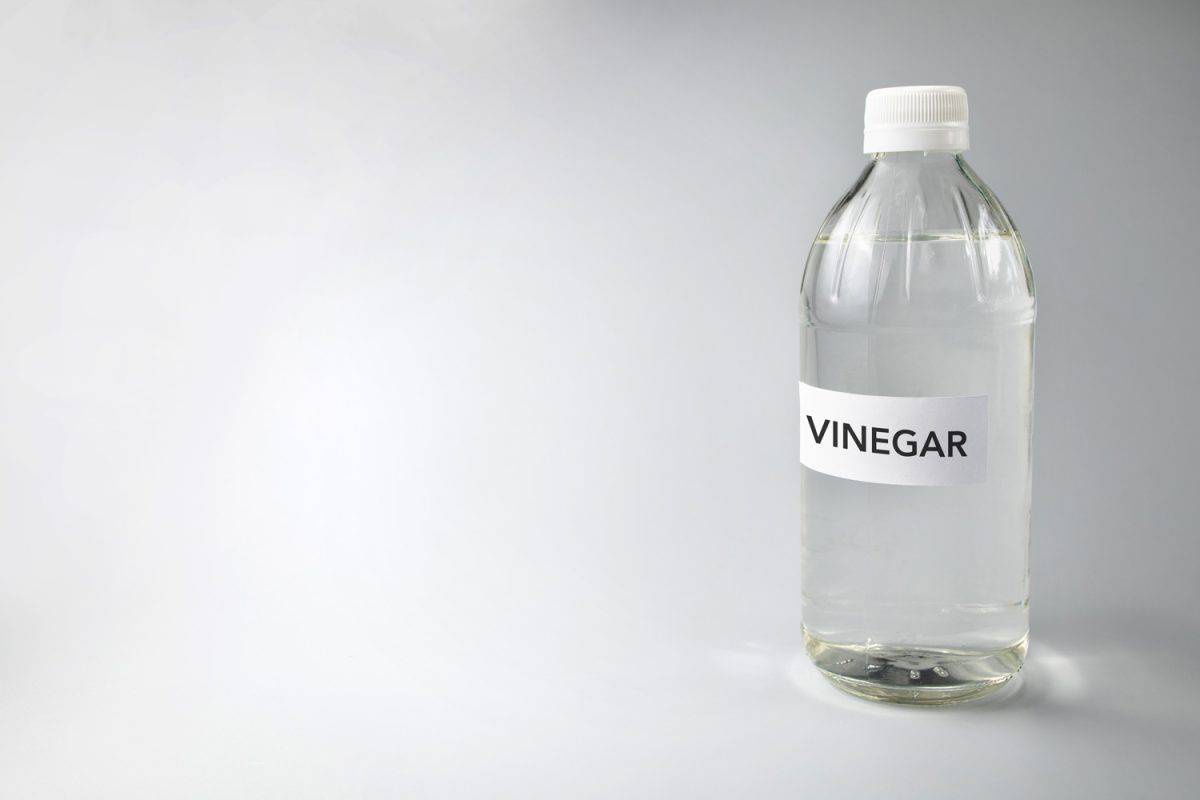
White vinegar is an effective alternative for tape that has been stuck on glass for an extended period and has already dried up due to being exposed to sunlight. Vinegar won't cause extensive damage to your glass as these are only mildly acidic and not as corrosive as other solutions.
Check out this White Vinegar on Amazon!
Chemical Solvents
If the natural way fails, try rubbing alcohol, paint thinners, nail polish remover, WD-40 and mineral spirits. Since these contain chemicals, take time to read the cautions and details stated on the product sticker. If still in doubt, consult your contractor or hire a professional.
Tape
Sometimes the cause of the problem can also be the solution. Wrap your fingers with tape, then gently dab it on the surface with sticky residue; the adhesive will often stick onto the tape. Clean it up afterward with oil or soapy water, and you're done.
Whatever method you choose, it is best to do a patch test first in a hidden part of the glass to check if an adverse reaction will occur. Don't pour an excessive amount of the product on the affected area; you could build it up and apply more if needed.
Lastly, take all safety precautions, especially when dealing with chemicals; wear protective clothing and a mask to avoid skin contact and inhalation.
How To Remove Tape From Different Surfaces
Since we have discussed the products that can help get tape off, we'll now be explaining how it applies to different materials. The different surfaces may sometimes require other tape removal approaches; thus, it is essential to familiarize oneself to avoid damaging your belongings.
Upholstered Furniture
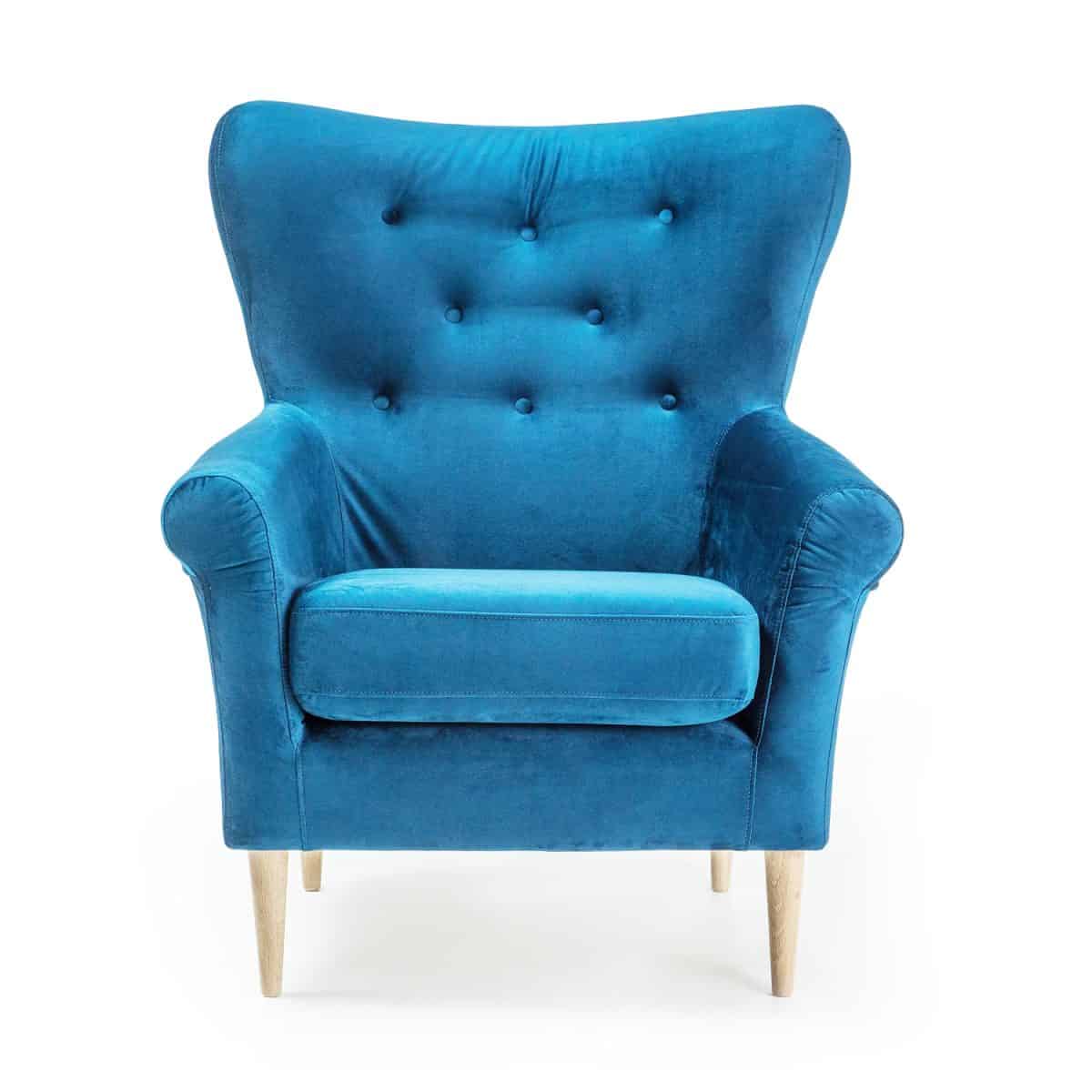
Do not use products with oil content since these can stain fabrics. Use baking soda-water mixture for soft sticky residue and alcohol for dried hard adhesives.
The soda paste will dry up into powder which you can easily remove with a brush, while the alcohol will naturally evaporate, and you can scrape off the leftover mark.
Ceramics
It is relatively easier to get off ceramics tape since these are easier to clean because their hard surface prevents products from seeping in and staining them. After peeling off the tape, soak the area with warm soapy water to soften the adhesive, scrub the remaining off, and repeat the process as needed.
You may also use nail polish remover on stubborn residue; clean the area with water, then wipe it dry.
Wooden Furniture
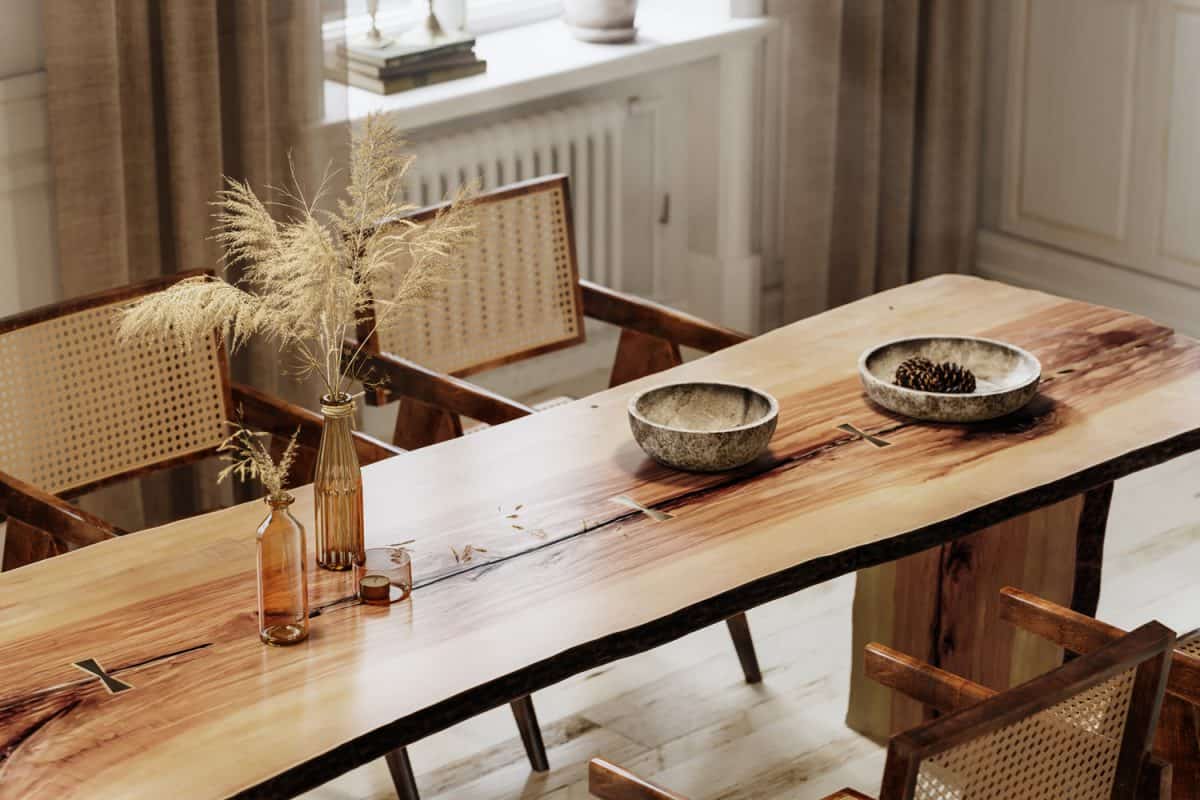
Wooden furniture requires extra steps with the tape removal process. Compared to other surfaces wherein you can immediately take off the tape, this does not apply to wood as it can rip off the coating. Additionally, some chemicals can damage the material, while oil-based products may stain it.
Apply Heat
Use a hair dryer or heat gun, in the lowest setting, on the tape to warm it up. While constantly blowing hot air to the tape, gently peel it off. Do not let it cool down; otherwise, it'll be harder to remove. It is also essential to keep it on the lowest setting to avoid damage to the exterior and interior.
Remove Sticky Residue
Apply a minimal amount of mineral oil to the cloth, massage it on the adhesive, sit for a few minutes, and then wipe off with a dry cloth. Clean the area with soapy water to avoid oil staining and remove leftover residues.
Use White Vinegar For Both Processes
If you don't have any heating tool, you can use white vinegar to soften the tape for easy peel-off. Cover the area with a vinegar-soaked paper towel and leave it on for 5 minutes, then try to take the tape off.
If it won't budge, cover it again and let it rest for three more minutes. Afterward, use the same paper towel to scrub off the remaining adhesives. Lastly, clean with soapy water, then wipe dry.
Cardboard Boxes
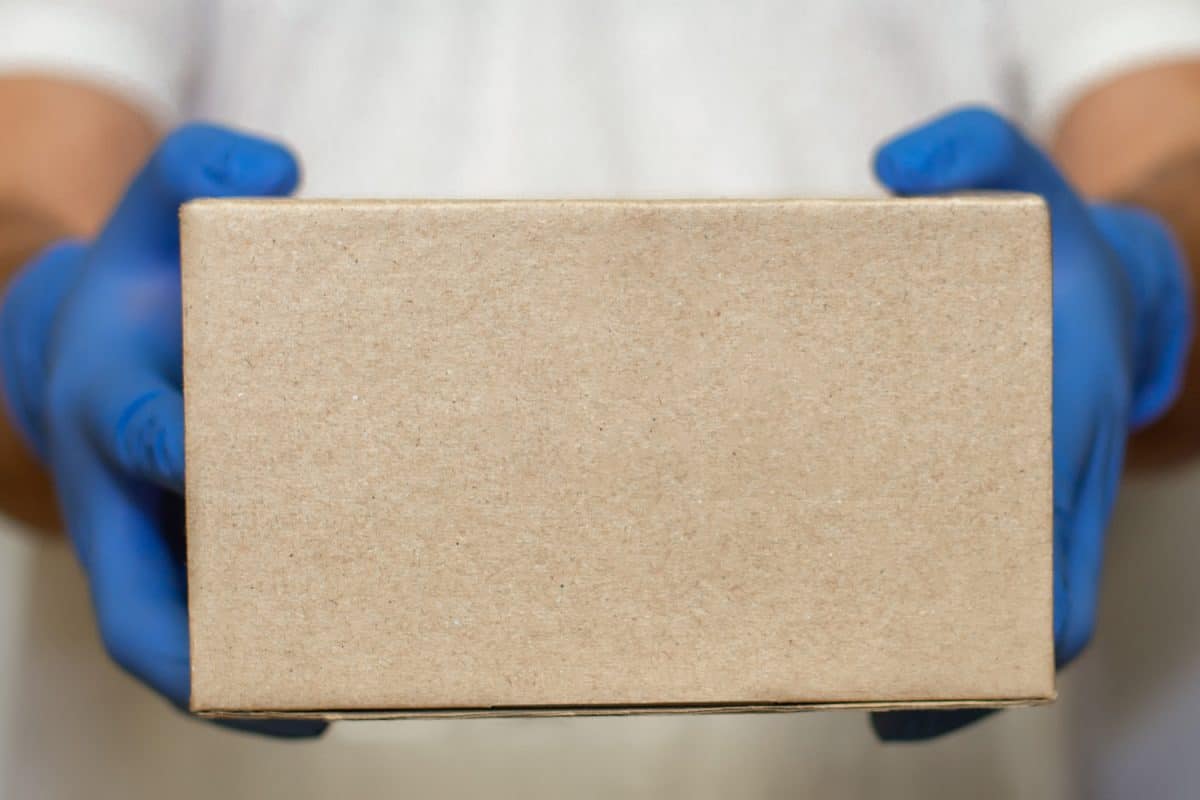
It is such a waste to throw out a perfectly-fine box due to some packing tapes stuck on it. Start with cutting off tape that are hanging and can be easily removed. Next, apply heat; additionally, you may also apply alcohol around the area to soften the adhesives.
Try peeling off the tape while applying constant heat; if that does not work, keep the heat on as long as needed until you can safely pull off the tape.
Conclusion
Tape removal may be a troublesome task, but at least it is doable; however, you need to exert some effort. The next time you'll need to stick some tape on, place it in hidden areas such as beneath the fixtures or under the coverings. Always remember to take safety precautions, especially when handling chemicals and glass.
Meanwhile, here are a few great reads as well!



